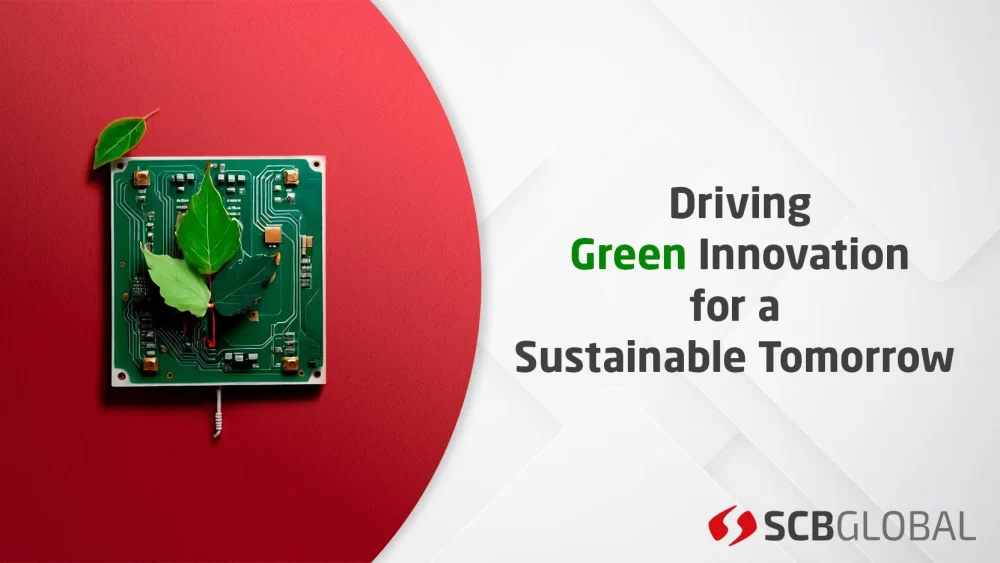Nabeel Mahmood
Less material waste, more productivity: By shifting to digital collaboration and document management in a hybrid environment, organizations can reduce their reliance on paper material. This simple change can lead to fewer trees being cut down and less energy spent on printing, contributing to a smaller carbon footprint.
Reduced transportation: Hybrid work and virtual meetings reduce the need for employees to commute to work. This translates to employees gaining a significant amount of time back in their schedules while also lowering carbon emissions. In effect, reducing the amount of time people take commuting to and from work lowers fuel production as a main contributor to the pollution of air and planet.
Embedded carbon: In recent years we have seen many large organizations committed to reducing carbon emissions. By using cloud-based solutions, companies can also help lower their carbon footprint by relying on more energy-efficient infrastructure.
Empowering diversity and inclusion: Embracing modern collaboration platforms enables companies to foster a culture of inclusion by breaking down geographic barriers. With a global team, you can tap into a wealth of perspectives and talents, promoting sustainability values at their core.
Collaboration, learning, and education for sustainability
Beyond reducing environmental impact, we are now seeing a plethora of powerful platforms for collaboration, learning, and education. This is the driving force behind modernizing the workforce and promoting sustainability in a broader sense:
Education and training: Being able to provide online training, webinars, and workshops to employees in a virtual environment and at a global scale will keep organizations aligned and up to date with the latest technologies and business practices regardless of location.
Enabling sustainability: Embracing what modern work brings to numerous industries will undoubtedly enable your company’s sustainability initiatives. Dedicated channels can be created for sustainability discussions, sharing resources, and tracking progress toward environmental and sustainability goals.
Collaboration learning: With collaboration and communication solutions, we can support seamless teamwork, allowing employees to collaborate on projects, share ideas, and learn from one another. This creates a culture growth, of continuous improvement, innovation, along with diverse perspectives.
Overall, having a solution that ties in with the core values around sustainability and diversity is a critical tool for modernizing the workforce. By reducing the carbon footprint, promoting inclusion, and enhancing collaboration and learning, companies can thrive in an era where sustainability is not just a choice but a necessity. As you implement these changes, you’ll not only save resources but also grow your business, while contributing to a more sustainable future.
We all have an important role to play in shaping said future. Together we can harness technology with a greater purpose. Having access to powerful game changing solutions such as SCB Global’s OPTO for Microsoft Teams can truly mitigate environmental impact, create positive change and ensure a sustainable digital age for generations to come.



Comments are closed.